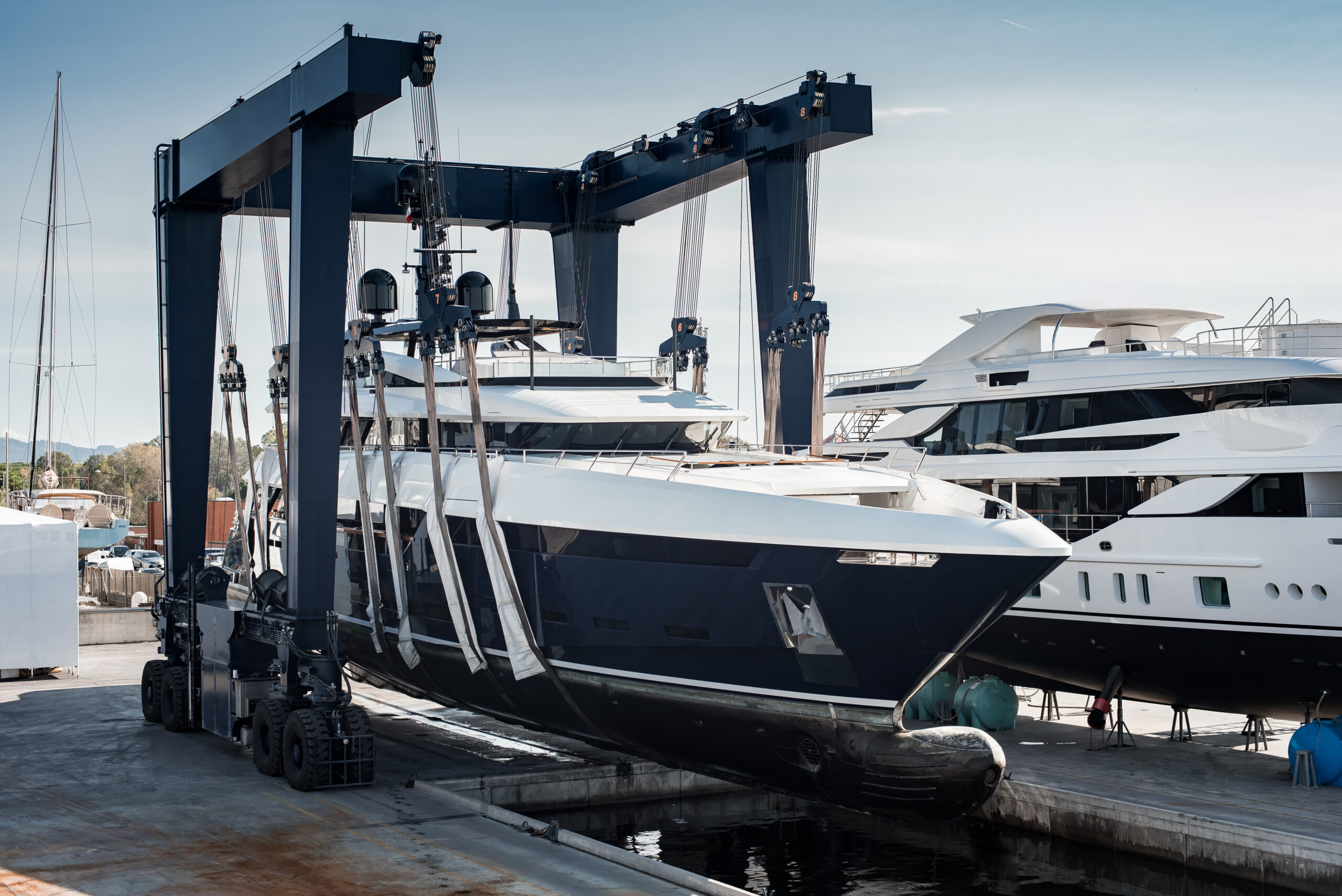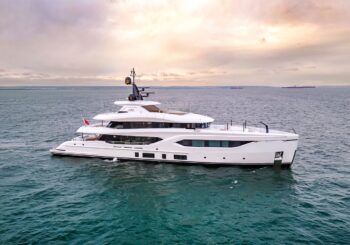The team at Seahub – Yacht Maintenance Software are thrilled to announce the launch of a new technology aimed at effectively managing new build & commissioning worklists.
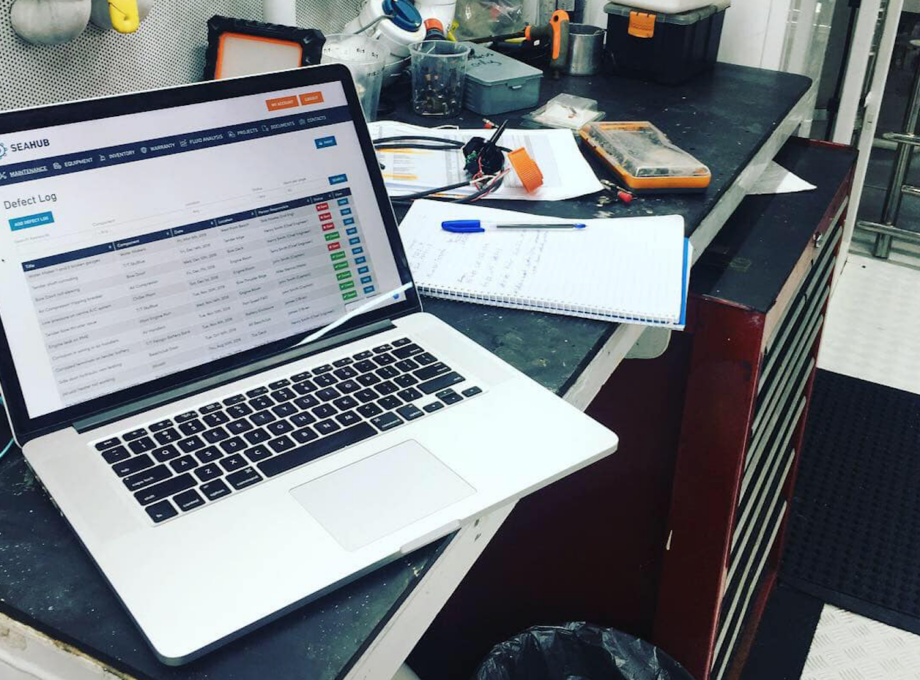
Planned Maintenance Systems (PMS) do a great job of collecting invaluable information relating to the vessel from technical and a maintenance point of view. It is not uncommon for systems to be in place for 5, 10, 15 years. In that time, amassing huge amounts of data.
The decision to change PMS providers can be driven by a number of reasons and often involves a large degree of consideration. What you may not know is the decision to migrate to Seahub is simple and presents an opportunity to freshen up and update data within your account. The key with any data migration project is effective planning, attention to detail and consistency with how data is handled. A migration is also a great time to look at how to streamline maintenance plans so the end result is customised to the specific requirements of the vessel. Seahub has a dedicated team made up of Engineers with over a decade’s worth of maintenance planning and data migration projects.
There are typically a number of common reasons why a vessel may want to change platforms. It could be cost, support, functionality, suitability or a combination of the above. Whatever the reasons, the Seahub Account Setup Team are well positioned to guide you through the process and offer a highly effective process for switching to Seahub. Knowing that no two migrations are the exact same is the first step to appreciating that each vessel requires a custom approach. During the early discussions with a vessel looking to migrate to Seahub, we typically discuss the following:
- How to access the existing system. How will Seahub access the system the vessel currently has in place
- What is the process of moving the data from the existing system into Seahub - How long will the migration take
- How will the migration process be used to make changes and updates to outdated data
Seahub’s Commercial Director, Sam Wheaton, works with vessels looking to understand the migration process and has a wealth of knowledge in laying the groundwork for a successful migration to Seahub.
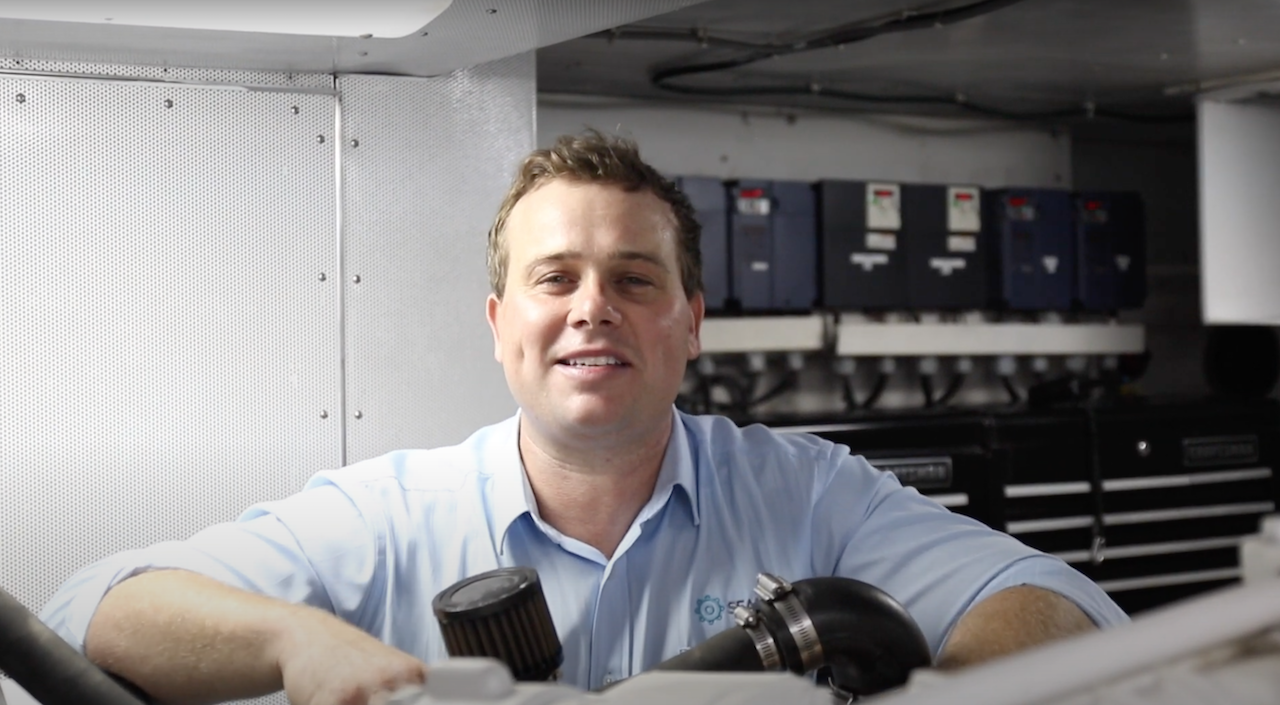
Commercial Director, Sam Wheaton, onboard a vessel in Florida during a migration project to Seahub.
Our goal is to streamline the process as much as possible and to make it easier for the vessel to move across to Seahub. After years of migrations we’ve learnt what works and today we offer a straight forward, and extremely well supported service. A lot of programs come to us for guidance and to tap into the best practices we’ve learnt by successfully completing migrations of all shapes and sizes in previous years
- Sam Wheaton
Costs associated with migrations are often a major factor in a vessels decision to migrate. Seahub’s philosophy has always been to support migrations by taking into consideration the resources already invested in the existing system. We have a highly trained team who have developed processes for completing migrations in the most efficient way possible, resulting in less time which helps keep costs low.
Naturally throughout a migration there needs to be consultation between the Seahub Team and the vessel in order to deliver a truly customised account. There are usually a couple of key points during a migration which involve review and approval before the Seahub Account Setup Team can commence the data entry process. They are:
- Approving the Equipment list which includes the component names and systems
- Approving the tasks to be attached to each component and the structure of the maintenance plans
Both of these opportunities allow the vessel to put their personal touch on the account an ensure it looks and feels exactly how they want it to.
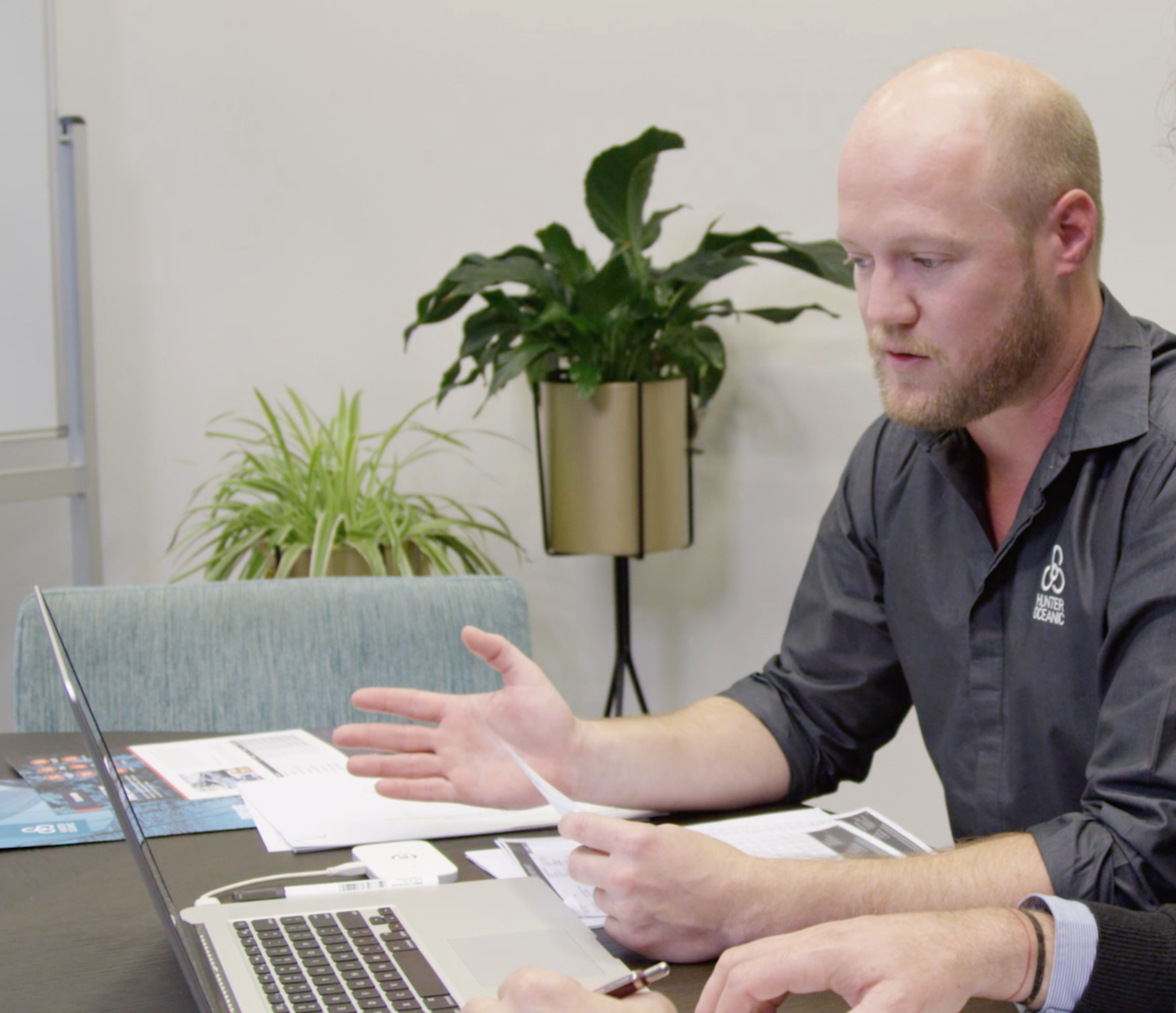
Technical Director, Matt Hyde, working with the team in the Seahub headquarters on a data migration project.
During a migration, one of the most important considerations for our team is determining how we can improve your PMS experience. Our goal has always been to provide a platform that you enjoy working with and it makes your job easier. The first item we address is how your data is currently structured and how that is working for you. Is your equipment database setup so it’s easy to search components… How are the components categorised… How is the inventory categorised and how can we improve it…How are the maintenance plans configured and can we improve them…
A common scenario we see is the over complication of databases. Systems, sub-systems, sub sub-systems and so on. A never-ending tree of categories that result in time wasted trying to find your item. We have seeked to simplify the workflow in Seahub so it takes 2 clicks to find something, not 5
- Matt Hyde
Working with the crew to perform a migration is a great process to be involved in. We get a huge degree of enjoyment out of taking data that is losing its value to the vessel, refreshing it and presenting that data back in a more intuitive platform which ends up making the lives of our users easier. If you are interested to learn more about Seahub migrations and how we can help you, drop us a line on info@seahub.com.au and we will be happy to help.


